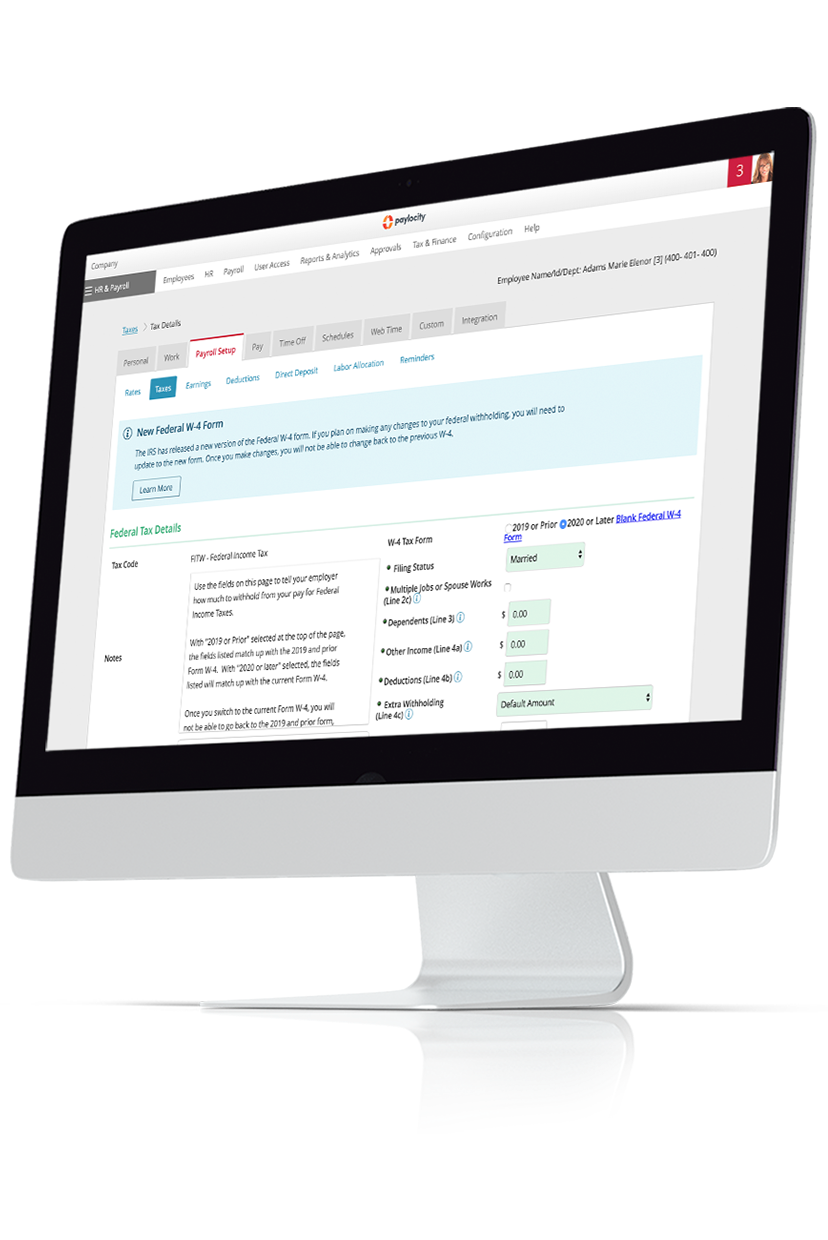What is Minimum Wage?
Minimum wage is the lowest hourly rate of pay an employer can legally pay their employees. Rates vary between counties, states, and cities, largely depending on the area’s cost of living.
In the United States, the Fair Labor Standards Act (FLSA) of 1938 created the current minimum wage system, and it imposed an initial wage rate of 25 cents per hour. Adjusted for inflation, that would equal about $5.40 in 2023.
At the state level, each state can also create and modify its own wage system, so long as it meets or exceeds the current federal rates. However, not all have chosen to do so. Five states (Alabama, Louisiana, Mississippi, South Carolina, and Tennessee) don't have their own wage laws, so they simply use the federal rate. Additionally, certain federal, state, and local contractors have special wage requirements based on the prevailing wages set by either a federal contract and/or state and local laws.
Tipped Wages and Credits
No minimum wage definition would be complete without addressing how wage rates are applied to employees who earn tips along with their base pay, such as restaurant servers.
According to the FLSA, employers can use the tips employees earn to lower the minimum wages they're required to pay. In other words, employers can offer a lower tipped wage to tipped employees, so long as those employees each earn enough tips (a.k.a., actual tip credits) to make up the difference.
Like the overall minimum wage, each state can set its own tipped minimum wage and tip credit rates so long as they meet or exceed the current federal rates. That said, some states don’t allow employers to pay employees the lower tipped minimum wage and claim a tip credit, or only allow them to claim a reduced tip credit if certain wages and benefits are paid to the employee.
NOTE: The below information was last updated January 3, 2025. It is not intended as legal or tax advice.


